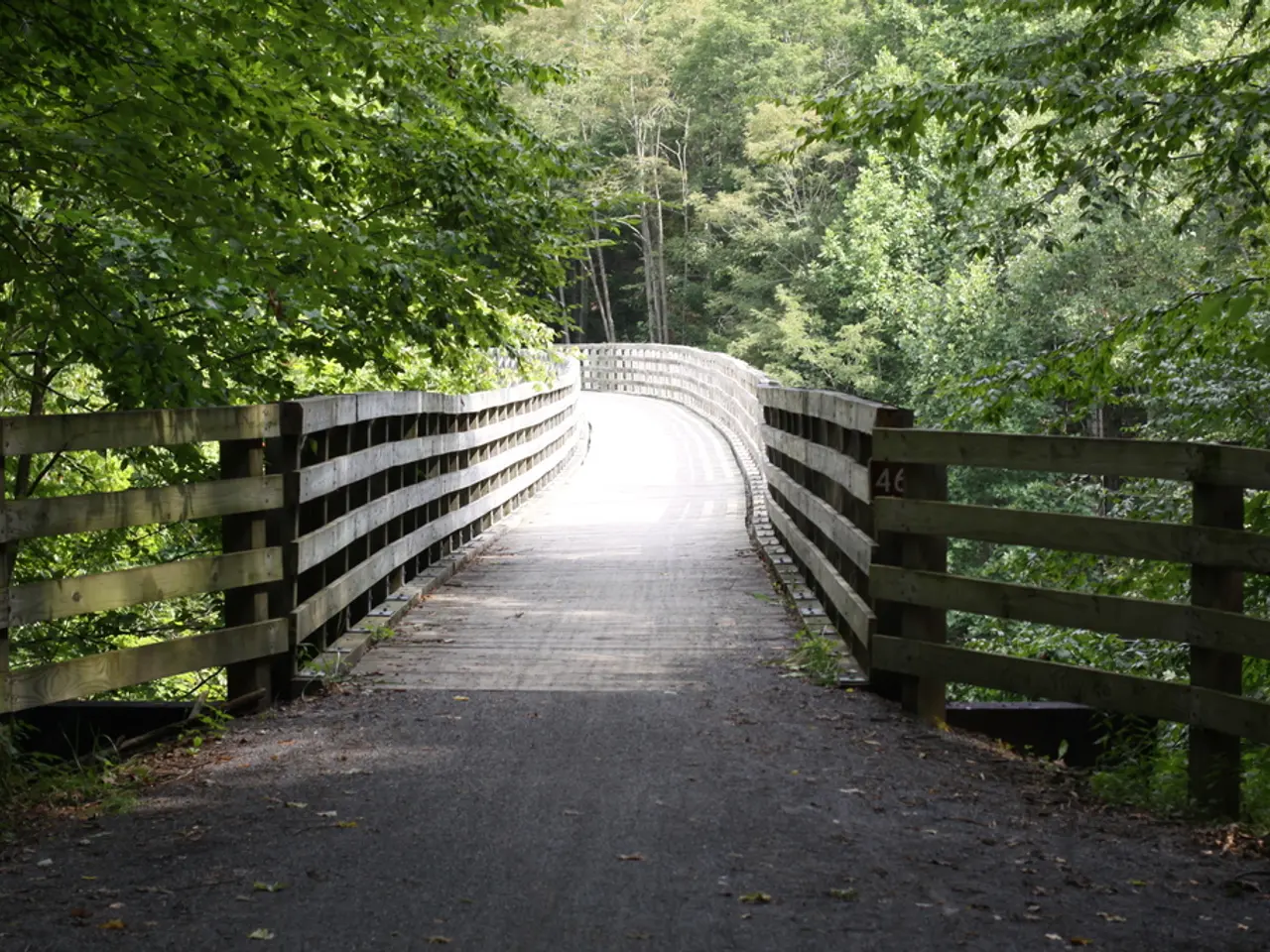Methods for Achieving a Stunning Driftwood-Inspired Bonsai Appearance
In the world of bonsai, the Driftwood style stands out as a unique and captivating art form. This style celebrates the natural scars that tell a tree's unique story, embracing its weathered imperfections as a testament to its resilience.
To create a Driftwood style bonsai, high-carbon steel gouges, bent chisels, and small, flat-tipped knives are ideal for refining intricate bonsai tree details without damaging the tree. By carefully preserving and enhancing these natural imperfections, the artist creates a sense of authenticity and character, imbuing the tree with a sense of age and wisdom.
Achieving a balance between dramatic, weathered bonsai tree features and vibrant, living foliage is essential to evoke the sense of age and resilience that defines the Driftwood style. Key factors for achieving this balance include bonsai tree proportion, foliage placement, contrasting textures, and visual flow.
Adaptability is key when creating a weathered, windswept appearance in non-native species for the Driftwood style. The artist must carefully preserve and enhance the natural imperfections, rather than attempting to conceal or remove them.
Insecticidal soap and neem oil can be applied to prevent pests from infesting deadwood areas on a bonsai. However, watering sparingly is crucial to prevent decay in a driftwood bonsai. Allow the soil to dry slightly between sessions to maintain the tree's health.
Combining the Driftwood style with other bonsai styles, like Formal Upright, can create a unique, visually striking tree. Refining the branch structure and movement of a Driftwood style bonsai requires a deep understanding of the tree's natural growth patterns and a keen eye for balance and harmony.
The Driftwood style bonsai stands as a poignant monument to nature's indomitable spirit, revealing the passage of time through its weathered visage. In capturing the essence of age, the Driftwood style bonsai artist seeks to convey the passage of time through the masterful incorporation of deadwood features.
The most popular tree species for creating driftwood-style bonsai are juniper, pine, and cedar, naturally occurring in regions such as East Asia (Japan, China), the Mediterranean, and North America. Each species brings its own unique characteristics to the art form, adding to the beauty and diversity of the Driftwood style bonsai.






